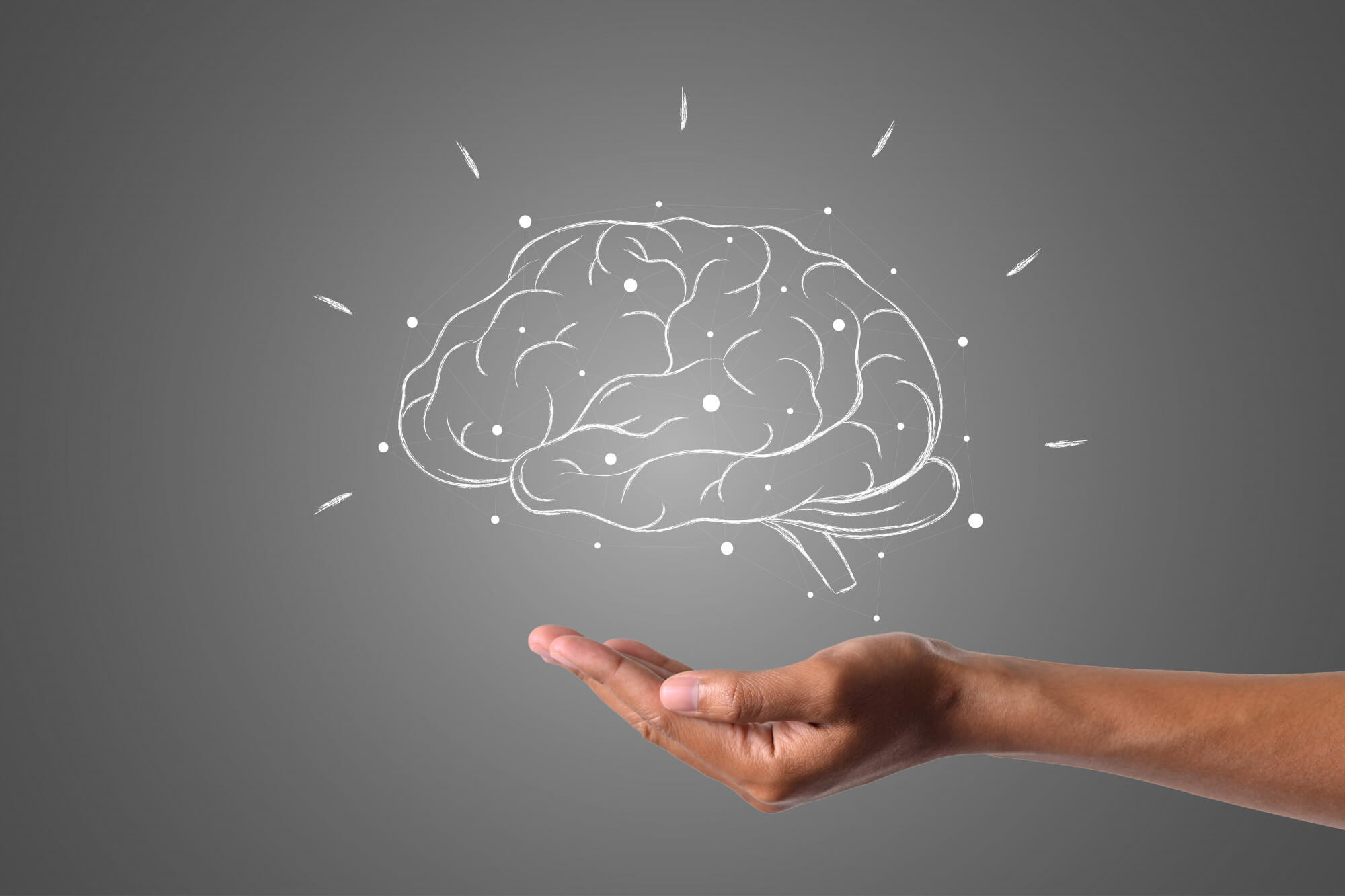Fit for Life: Better late than not at all
New research suggests the same health benefits for those who wait until they're older

Freepik
The principle of how we can maintain — and improve — our fitness is the same at any age: It depends on how intensively, for how long and how regularly we train. What is changing is the ability to deal with the stress of training.
The first thing fit people notice as they age is that they don't recover as quickly from their workouts. What we still feel is perhaps a loss of strength. The hills appear to be steeper, and we're likely to see certain performance characteristics wear off.
It is therefore advisable to start slowly and build up — to be nice to yourself, with enough rest and relaxation.
Stretching
Stiffer joints are an almost universal complaint as we age. Every type of movement floods the joints with oxygen-rich blood and helps improve mobility and flexibility. As you get older, stretching becomes more important than ever — and it also feels better than ever before.
Gentle stretching before and after exercise is important, and when you feel like it, again and again during the day. Appropriate yoga classes, water aerobics or other movement courses are well suited.
Balance exercises
A declining sense of balance is a common and early factor of aging, which often starts as early as the age of 40 or 50 years. Falls are the most common cause of accidents among people over 65. This can be due to problems with the inner ear, vision problems, lower blood pressure, reduced reflexes, and loss of muscle and joint strength.
Many older adults ignore or are unaware of the importance of balance exercises in their daily lives. As we get older, however, they are just as important as strength and endurance training. Medication can reduce the risk of bone fractures when you fall, but exercise prevents you from falling in the first place.
All strength exercises - especially core strengthening exercises - promote balance.
Weight training
Many people focus on endurance training as they age, but the age-related decline in fitness is primarily due to loss of muscle mass. If you want to be very fit, you should focus primarily on your muscles. The heart will follow.
Regular resistance training can help maintain — and rebuild — muscle mass at any age. No importance should be given to the myth that you can no longer build muscle in the 60s and 70s. Even though things are no longer quite as fast as in previous decades, it is certainly possible. Inactive people of all ages, including those over 80, have successfully improved their muscle strength through weightlifting.
Cardio training
The heart is also a hard-working muscle, and to keep it strong, the cardiovascular system and aerobic capacity must be challenged.
Previous studies suggested that older people don't respond as well to aerobic exercise as their younger people, but recent research has refuted this theory. There is now a growing consensus that aerobic fitness among older people is similar, albeit at a lower level. In general, the same basic training programs used for young adults can also be applied to older people, but with a focus on greater caution and slower progression.
Maximum aerobic fitness (VO2 max) normally decreases by 8 to 10 percent per decade after age 25. At any age, however, people can have a much higher VO2 max if they exercise vigorously and stay slim. Studies with top athletes show that 65 to 75 year olds can reach the VO2 max levels of young, sedentary adults.
Cardio training can be as simple as taking a long walk or doing more intensive gardening to make our hearts work harder than normal. Another option is interval training — short periods of high intensity alternated with periods of low intensity. High-intensity interval training (HIIT) strengthens the aerobic system by increasing the pumping capacity of the heart and the elasticity of blood vessels. HIIT can be done at a high or low intensity; the effort and the level of perceived effort are decisive.
When it comes to interval training, too, it's important to take things slowly; too much too early can lead to injuries.
Rest and relax
When we exercise, we force muscles and other tissue to break down; the body then needs time to “supercompensate” and recover, rebuild and get stronger in the process. We can tell that we need this rest and recovery when we are tired, sore muscles, have no motivation to train again, or feel irritable. Nutritious meals and sleep are ideal means of recovery.
References
Publiziert
6.9.2024
Kategorie
Health

Experte
The principle of how we can maintain — and improve — our fitness is the same at any age: It depends on how intensively, for how long and how regularly we train. What is changing is the ability to deal with the stress of training.
The first thing fit people notice as they age is that they don't recover as quickly from their workouts. What we still feel is perhaps a loss of strength. The hills appear to be steeper, and we're likely to see certain performance characteristics wear off.
It is therefore advisable to start slowly and build up — to be nice to yourself, with enough rest and relaxation.
Stretching
Stiffer joints are an almost universal complaint as we age. Every type of movement floods the joints with oxygen-rich blood and helps improve mobility and flexibility. As you get older, stretching becomes more important than ever — and it also feels better than ever before.
Gentle stretching before and after exercise is important, and when you feel like it, again and again during the day. Appropriate yoga classes, water aerobics or other movement courses are well suited.
Balance exercises
A declining sense of balance is a common and early factor of aging, which often starts as early as the age of 40 or 50 years. Falls are the most common cause of accidents among people over 65. This can be due to problems with the inner ear, vision problems, lower blood pressure, reduced reflexes, and loss of muscle and joint strength.
Many older adults ignore or are unaware of the importance of balance exercises in their daily lives. As we get older, however, they are just as important as strength and endurance training. Medication can reduce the risk of bone fractures when you fall, but exercise prevents you from falling in the first place.
All strength exercises - especially core strengthening exercises - promote balance.
Weight training
Many people focus on endurance training as they age, but the age-related decline in fitness is primarily due to loss of muscle mass. If you want to be very fit, you should focus primarily on your muscles. The heart will follow.
Regular resistance training can help maintain — and rebuild — muscle mass at any age. No importance should be given to the myth that you can no longer build muscle in the 60s and 70s. Even though things are no longer quite as fast as in previous decades, it is certainly possible. Inactive people of all ages, including those over 80, have successfully improved their muscle strength through weightlifting.
Cardio training
The heart is also a hard-working muscle, and to keep it strong, the cardiovascular system and aerobic capacity must be challenged.
Previous studies suggested that older people don't respond as well to aerobic exercise as their younger people, but recent research has refuted this theory. There is now a growing consensus that aerobic fitness among older people is similar, albeit at a lower level. In general, the same basic training programs used for young adults can also be applied to older people, but with a focus on greater caution and slower progression.
Maximum aerobic fitness (VO2 max) normally decreases by 8 to 10 percent per decade after age 25. At any age, however, people can have a much higher VO2 max if they exercise vigorously and stay slim. Studies with top athletes show that 65 to 75 year olds can reach the VO2 max levels of young, sedentary adults.
Cardio training can be as simple as taking a long walk or doing more intensive gardening to make our hearts work harder than normal. Another option is interval training — short periods of high intensity alternated with periods of low intensity. High-intensity interval training (HIIT) strengthens the aerobic system by increasing the pumping capacity of the heart and the elasticity of blood vessels. HIIT can be done at a high or low intensity; the effort and the level of perceived effort are decisive.
When it comes to interval training, too, it's important to take things slowly; too much too early can lead to injuries.
Rest and relax
When we exercise, we force muscles and other tissue to break down; the body then needs time to “supercompensate” and recover, rebuild and get stronger in the process. We can tell that we need this rest and recovery when we are tired, sore muscles, have no motivation to train again, or feel irritable. Nutritious meals and sleep are ideal means of recovery.
Experte
Referenzen
Publiziert
6.9.2024
Kategorie
Health

.svg)














